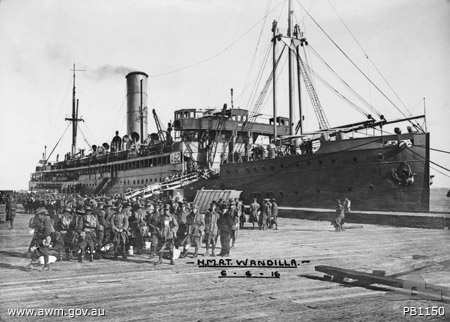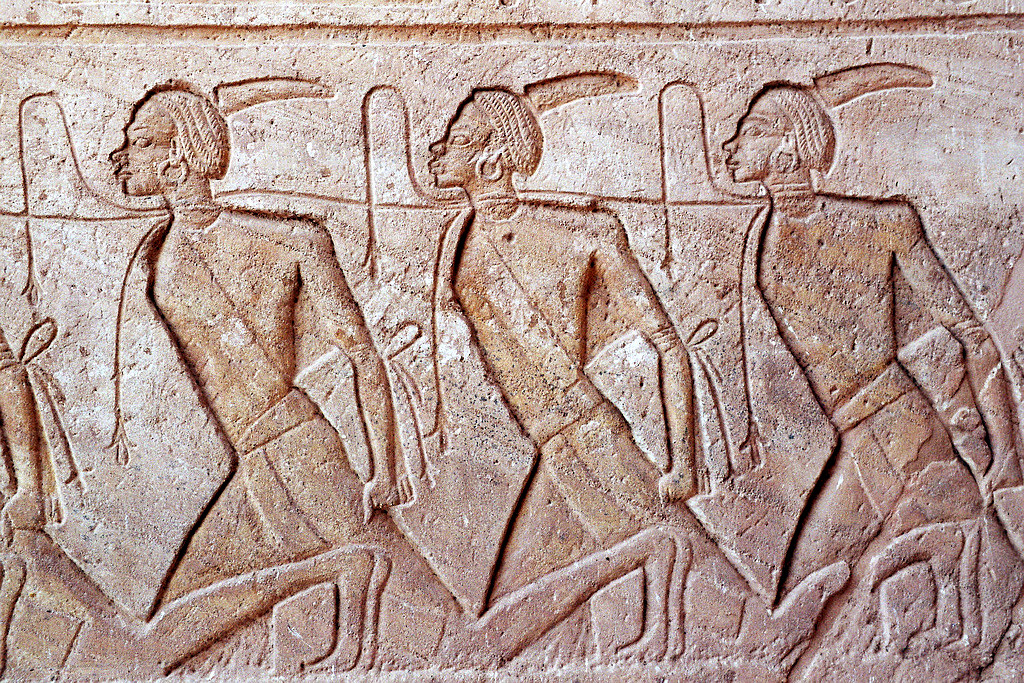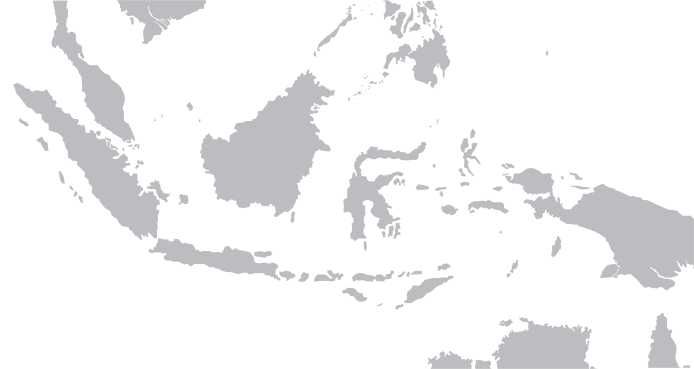|
Walter Peeler
Walter Peeler, (9 August 1887 – 23 May 1968) was an Australian recipient of the Victoria Cross, the highest award for gallantry "in the face of the enemy" that can be awarded to members of the British and Commonwealth armed forces. He was decorated following his actions during the Battle of Broodseinde in October 1917. Then a lance corporal in the Australian Imperial Force, he repeatedly took the lead in the 37th Battalion's advance on well-defended German positions, destroying four machine gun posts and killing more than 30 German soldiers during the battle. Born near Castlemaine, Victoria, Peeler worked at various jobs in his home town and in the Melbourne area before enlisting in the Australian Imperial Force in February 1916. Posted to the 3rd Pioneer Battalion, he arrived on the Western Front during November. In June 1917, his battalion participated in the assault on Messines ridge, where he was lightly wounded. Eight days after his Victoria Cross action, Peeler was ... [...More Info...] [...Related Items...] OR: [Wikipedia] [Google] [Baidu] |
Victoria (state)
Victoria is a state in southeastern Australia. It is the second-smallest state with a land area of , the second most populated state (after New South Wales) with a population of over 6.5 million, and the most densely populated state in Australia (28 per km2). Victoria is bordered by New South Wales to the north and South Australia to the west, and is bounded by the Bass Strait to the south (with the exception of a small land border with Tasmania located along Boundary Islet), the Great Australian Bight portion of the Southern Ocean to the southwest, and the Tasman Sea (a marginal sea of the South Pacific Ocean) to the southeast. The state encompasses a range of climates and geographical features from its temperate coastal and central regions to the Victorian Alps in the northeast and the semi-arid north-west. The majority of the Victorian population is concentrated in the central-south area surrounding Port Phillip Bay, and in particular within the metropolita ... [...More Info...] [...Related Items...] OR: [Wikipedia] [Google] [Baidu] |
Shrine Of Remembrance
The Shrine of Remembrance (commonly referred to as The Shrine) is a war memorial in Melbourne, Victoria, Australia, located in Kings Domain on St Kilda Road. It was built to honour the men and women of Victoria who served in World War I, but now functions as a memorial to all Australians who have served in any war. It is a site of annual observances for Anzac Day (25 April) and Remembrance Day (11 November), and is one of the largest war memorials in Australia. Designed by architects Phillip Hudson and James Wardrop, both World War I veterans, the Shrine is in classical style, based on the Tomb of Mausolus at Halicarnassus and the Parthenon in Athens, Greece. The crowning element at the top of the ziggurat roof references the Choragic Monument of Lysicrates. Built from Tynong granite, the Shrine originally consisted only of the central sanctuary surrounded by the ambulatory. The sanctuary contains the marble Stone of Remembrance, upon which is engraved the words "Greate ... [...More Info...] [...Related Items...] OR: [Wikipedia] [Google] [Baidu] |
Prisoner Of War
A prisoner of war (POW) is a person who is held captive by a belligerent power during or immediately after an armed conflict. The earliest recorded usage of the phrase "prisoner of war" dates back to 1610. Belligerents hold prisoners of war in custody for a range of legitimate and illegitimate reasons, such as isolating them from the enemy combatants still in the field (releasing and repatriating them in an orderly manner after hostilities), demonstrating military victory, punishing them, prosecuting them for war crimes, exploiting them for their labour, recruiting or even conscripting them as their own combatants, collecting military and political intelligence from them, or indoctrinating them in new political or religious beliefs. Ancient times For most of human history, depending on the culture of the victors, enemy fighters on the losing side in a battle who had surrendered and been taken as prisoners of war could expect to be either slaughtered or enslaved. Ea ... [...More Info...] [...Related Items...] OR: [Wikipedia] [Google] [Baidu] |
Java
Java (; id, Jawa, ; jv, ꦗꦮ; su, ) is one of the Greater Sunda Islands in Indonesia. It is bordered by the Indian Ocean to the south and the Java Sea to the north. With a population of 151.6 million people, Java is the world's most populous island, home to approximately 56% of the Indonesian population. Indonesia's capital city, Jakarta, is on Java's northwestern coast. Many of the best known events in Indonesian history took place on Java. It was the centre of powerful Hindu-Buddhist empires, the Islamic sultanates, and the core of the colonial Dutch East Indies. Java was also the center of the Indonesian struggle for independence during the 1930s and 1940s. Java dominates Indonesia politically, economically and culturally. Four of Indonesia's eight UNESCO world heritage sites are located in Java: Ujung Kulon National Park, Borobudur Temple, Prambanan Temple, and Sangiran Early Man Site. Formed by volcanic eruptions due to geologic subduction of the Aust ... [...More Info...] [...Related Items...] OR: [Wikipedia] [Google] [Baidu] |
Sumatra
Sumatra is one of the Sunda Islands of western Indonesia. It is the largest island that is fully within Indonesian territory, as well as the sixth-largest island in the world at 473,481 km2 (182,812 mi.2), not including adjacent islands such as the Simeulue, Nias, Mentawai, Enggano, Riau Islands, Bangka Belitung and Krakatoa archipelago. Sumatra is an elongated landmass spanning a diagonal northwest–southeast axis. The Indian Ocean borders the northwest, west, and southwest coasts of Sumatra, with the island chain of Simeulue, Nias, Mentawai, and Enggano off the western coast. In the northeast, the narrow Strait of Malacca separates the island from the Malay Peninsula, which is an extension of the Eurasian continent. In the southeast, the narrow Sunda Strait, containing the Krakatoa Archipelago, separates Sumatra from Java. The northern tip of Sumatra is near the Andaman Islands, while off the southeastern coast lie the islands of Bangka and Belitun ... [...More Info...] [...Related Items...] OR: [Wikipedia] [Google] [Baidu] |
Dutch East Indies
The Dutch East Indies, also known as the Netherlands East Indies ( nl, Nederlands(ch)-Indië; ), was a Dutch colony consisting of what is now Indonesia. It was formed from the nationalised trading posts of the Dutch East India Company, which came under the administration of the Dutch government in 1800. During the 19th century, the Dutch possessions and hegemony expanded, reaching the greatest territorial extent in the early 20th century. The Dutch East Indies was one of the most valuable colonies under European rule, and contributed to Dutch global prominence in spice and cash crop trade in the 19th to early 20th centuries. The colonial social order was based on rigid racial and social structures with a Dutch elite living separate from but linked to their native subjects. The term ''Indonesia'' came into use for the geographical location after 1880. In the early 20th century, local intellectuals began developing the concept of Indonesia as a nation state, and set the ... [...More Info...] [...Related Items...] OR: [Wikipedia] [Google] [Baidu] |
2/2nd Pioneer Battalion (Australia)
The 2/2nd Pioneer Battalion was one of four pioneer battalions raised as part of the Second Australian Imperial Force during World War II. Raised in 1940, the battalion served in the Middle East during the Syria–Lebanon Campaign against the Vichy French in mid-1941, fighting mainly as infantry. In 1942, the battalion was committed to the defence of Java, fighting against the Japanese and was all but destroyed following the capitulation of the defending garrison. Rebuilt in 1943, it later took part in the Salamaua–Lae and Finisterre Range campaigns in 1943–44 and the Borneo campaign in 1945 before being disbanded. History Formed in May 1940 at Puckapunyal, Victoria, under the command of Lieutenant Colonel Nelson Wellington, the battalion was one of four pioneer battalions raised as part of the Second Australian Imperial Force during World War II. The concept of pioneer battalions had originally been explored by the Australians during World War I, when five such battali ... [...More Info...] [...Related Items...] OR: [Wikipedia] [Google] [Baidu] |
Second World War
World War II or the Second World War, often abbreviated as WWII or WW2, was a world war that lasted from 1939 to 1945. It involved the World War II by country, vast majority of the world's countries—including all of the great powers—forming two opposing military alliances: the Allies of World War II, Allies and the Axis powers. World War II was a total war that directly involved more than 100 million Military personnel, personnel from more than 30 countries. The major participants in the war threw their entire economic, industrial, and scientific capabilities behind the war effort, blurring the distinction between civilian and military resources. Air warfare of World War II, Aircraft played a major role in the conflict, enabling the strategic bombing of population centres and deploying the Atomic bombings of Hiroshima and Nagasaki, only two nuclear weapons ever used in war. World War II was by far the List of wars by death toll, deadliest conflict in hu ... [...More Info...] [...Related Items...] OR: [Wikipedia] [Google] [Baidu] |
Armistice With Germany (Compiègne)
The Armistice of 11 November 1918 was the armistice signed at Le Francport near Compiègne that ended fighting on land, sea, and air in World War I between the Entente and their last remaining opponent, Germany. Previous armistices had been agreed with Bulgaria, the Ottoman Empire and Austria-Hungary. It was concluded after the German government sent a message to American president Woodrow Wilson to negotiate terms on the basis of a recent speech of his and the earlier declared " Fourteen Points", which later became the basis of the German surrender at the Paris Peace Conference, which took place the following year. Also known as the Armistice of Compiègne (french: Armistice de Compiègne, german: Waffenstillstand von Compiègne) from the place where it was officially signed at 5:45 a.m. by the Allied Supreme Commander, French Marshal Ferdinand Foch, it came into force at 11:00 a.m. Central European Time (CET) on 11 November 1918 and mar ... [...More Info...] [...Related Items...] OR: [Wikipedia] [Google] [Baidu] |
3rd Pioneer Battalion (Australia)
The 3rd Pioneer Battalion was an Australian infantry and light engineer unit raised for service during the First World War as part of the all volunteer Australian Imperial Force (AIF). Formed in Victoria in March 1916, the battalion subsequently undertook further training in the United Kingdom before arriving in France in late 1916. It later served on the Western Front in France and Belgium until the end of the war. Assigned to the 3rd Division, the 3rd Pioneer Battalion fought in most of the major battles that the AIF participated in between mid-1916 and the end of the war in November 1918. It was subsequently disbanded in early 1919. History Formation and training The 3rd Pioneers were raised in Victoria, in March 1916, from volunteers drawn from Victoria, Queensland, South Australia, and Western Australia and was subsequently assigned to the 3rd Division. The battalion was formed in the aftermath of the failed Gallipoli campaign when the Australian Imperial Force (AIF ... [...More Info...] [...Related Items...] OR: [Wikipedia] [Google] [Baidu] |
Castlemaine, Victoria
Castlemaine ( , Variation in Australian English, non-locally also ) is a small city in Victoria (Australia), Victoria, Australia, in the Goldfields region of Victoria, Goldfields region about 120 kilometres (75 miles) northwest by road from Melbourne and about 40 kilometres (25 miles) from the major provincial centre of Bendigo, Victoria, Bendigo. It is the administrative and economic centre of the Shire of Mount Alexander. The population at the 2021 Census was 7,506. Castlemaine was named by the chief goldfield commissioner, Captain W. Wright, in honour of his Irish people, Irish uncle, William Handcock, 1st Viscount Castlemaine, Viscount Castlemaine. Castlemaine began as a Victorian gold rush, gold rush boomtown in 1851 and developed into a major regional centre, being officially City of Castlemaine, proclaimed a City on 4 December 1965, although since declining in population. It is home to many cultural institutions including the Theatre Royal, the oldest continuously ope ... [...More Info...] [...Related Items...] OR: [Wikipedia] [Google] [Baidu] |
First Australian Imperial Force
The First Australian Imperial Force (1st AIF) was the main expeditionary force of the Australian Army during the First World War. It was formed as the Australian Imperial Force (AIF) following Britain's declaration of war on Germany on 15 August 1914, with an initial strength of one infantry division and one light horse brigade. The infantry division subsequently fought at Gallipoli between April and December 1915, with a newly raised second division, as well as three light horse brigades, reinforcing the committed units. After being evacuated to Egypt, the AIF was expanded to five infantry divisions, which were committed to the fighting in France and Belgium along the Western Front in March 1916. A sixth infantry division was partially raised in 1917 in the United Kingdom, but was broken up and used as reinforcements following heavy casualties on the Western Front. Meanwhile, two mounted divisions remained in the Middle East to fight against Turkish forces in the Sinai an ... [...More Info...] [...Related Items...] OR: [Wikipedia] [Google] [Baidu] |








.jpg)

_1852.jpg)
